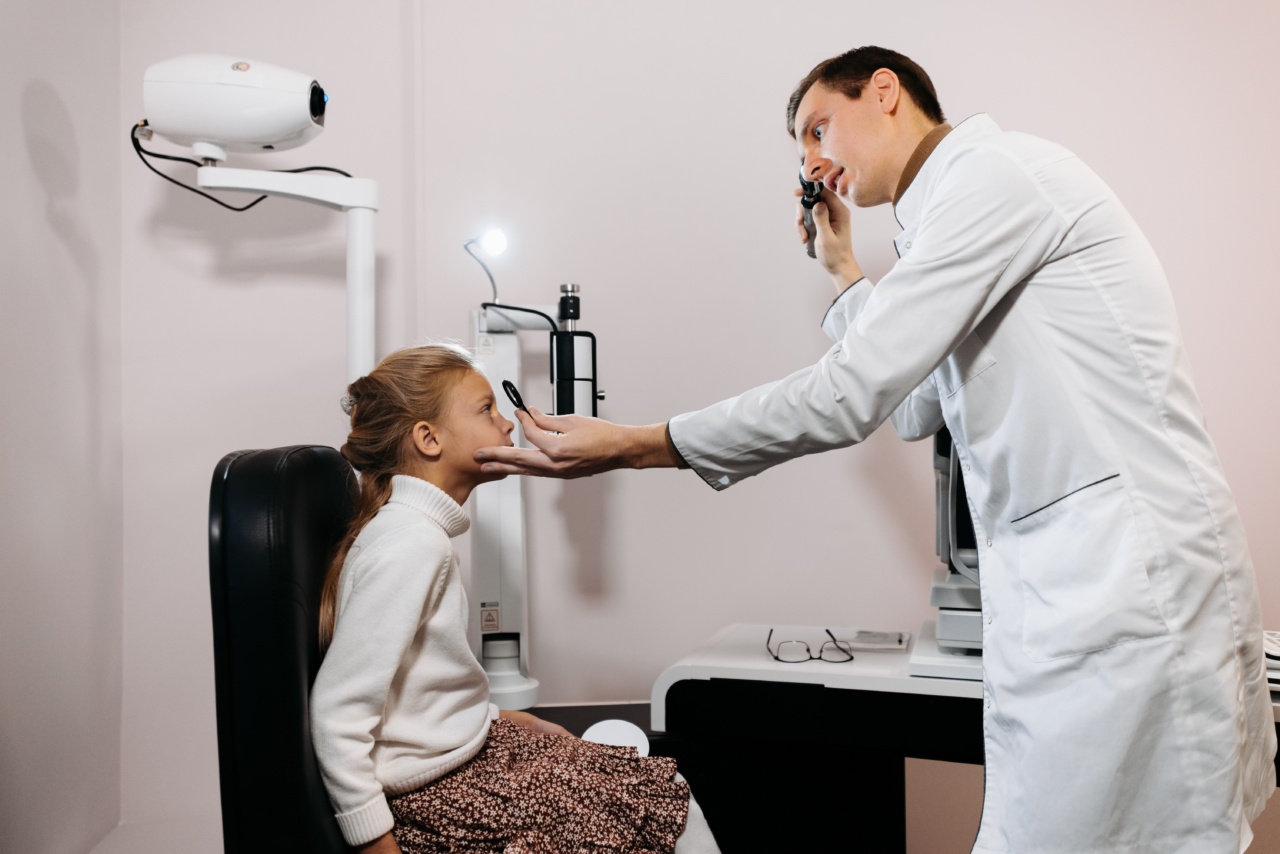Alzheimer’s disease is a progressive neurodegenerative disorder that primarily affects memory, cognitive abilities, and behavior.
As the leading cause of dementia, it currently affects millions of individuals worldwide, with the number expected to rise significantly in the coming decades. Effective treatments for Alzheimer’s are limited, and there is currently no cure. However, early detection of the disease can play a crucial role in managing symptoms, providing support, and potentially delaying disease progression.
The Challenge of Early Diagnosis
One of the biggest challenges in Alzheimer’s disease is the difficulty in diagnosing it during its early stages. The symptoms of Alzheimer’s are often subtle and mistaken for normal aging or other conditions.
Furthermore, the existing diagnostic methods, such as cognitive tests and brain imaging, are often inconclusive and may not detect the disease until it has already advanced significantly.
Exploring Ocular Biomarkers
Recent research has shown promising results in the use of ocular biomarkers for the early detection of Alzheimer’s disease.
Ocular biomarkers are specific characteristics or changes in the eye that can be associated with the development and progression of the disease. These biomarkers can provide valuable insights into the underlying pathology of Alzheimer’s and serve as early indicators of the disease.
Retinal Changes and Alzheimer’s Disease
Studies have found a correlation between retinal changes and Alzheimer’s disease.
The retina is a layer of tissue at the back of the eye that contains photoreceptor cells responsible for detecting light and converting it into electrical signals that can be interpreted by the brain. Researchers have discovered that individuals with Alzheimer’s often exhibit retinal abnormalities, such as thinning of the retinal nerve fiber layer and changes in blood vessel structure.
The Role of Amyloid Beta in the Eye
Amyloid beta plaques are one of the hallmark features of Alzheimer’s disease. These abnormal protein deposits accumulate in the brain, disrupting normal neuronal functions.
Interestingly, recent studies have also detected amyloid beta deposits in the retina of individuals with Alzheimer’s. These deposits can be visualized and quantified through specialized imaging techniques, providing an opportunity for non-invasive early detection.
Advancements in Imaging Technologies
The development of advanced imaging technologies, such as optical coherence tomography (OCT) and adaptive optics scanning laser ophthalmoscopy (AOSLO), has revolutionized the field of ocular biomarkers.
These imaging techniques allow for detailed visualization and analysis of retinal structures, enabling researchers to detect subtle changes associated with Alzheimer’s disease. By examining the retinal layers, blood vessels, and amyloid beta deposits, clinicians can potentially identify individuals at risk or in the early stages of the disease.
Potential Impact on Diagnosis and Treatment
The early detection of Alzheimer’s through eye examination has the potential to significantly impact the diagnosis and treatment of the disease.
By identifying individuals at risk or in the early stages of Alzheimer’s, healthcare professionals can initiate appropriate interventions, provide support, and facilitate access to clinical trials for potential therapies. Additionally, ocular biomarkers can serve as objective measures of disease progression and treatment effectiveness, allowing for more accurate monitoring of patients.
The Future of Alzheimer’s Diagnosis
While the use of ocular biomarkers for the early detection of Alzheimer’s shows promise, further research and validation are required before it can be widely implemented in clinical practice.
Large-scale studies involving diverse populations and longitudinal follow-ups are necessary to establish the accuracy, reliability, and specificity of these biomarkers. Additionally, the development of standardized protocols and guidelines will be crucial to ensure consistent and reproducible results across different healthcare settings.
Conclusion
Early detection of Alzheimer’s disease is essential for effective management and potential treatment of this devastating condition.
Ocular biomarkers, such as retinal changes and amyloid beta deposits, offer promising avenues for early detection through eye examination. Advancements in imaging technologies have paved the way for improved visualization and analysis of these biomarkers.
However, further research and validation are necessary before ocular biomarkers become a routine part of Alzheimer’s diagnosis and treatment. Through continued efforts and advancements in this field, early detection of Alzheimer’s may soon become a reality, allowing for better outcomes and quality of life for individuals affected by this disease.





























